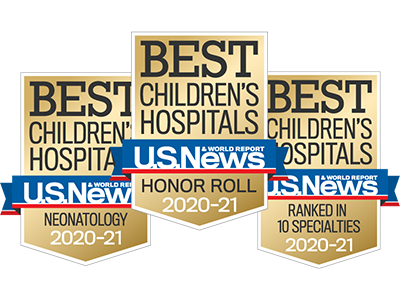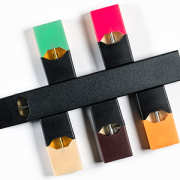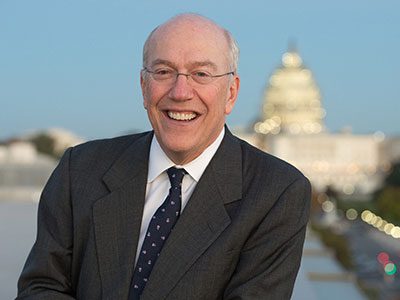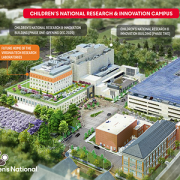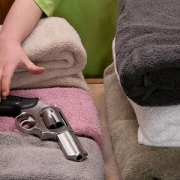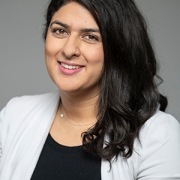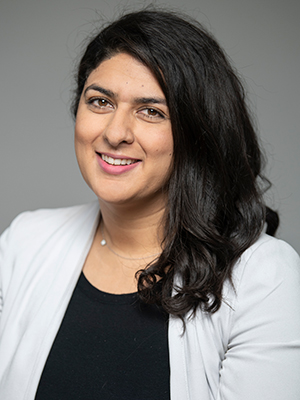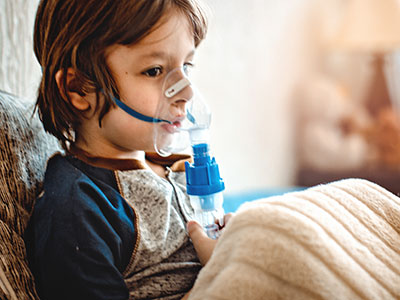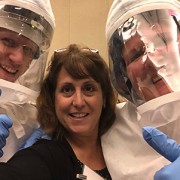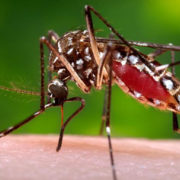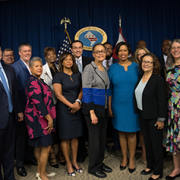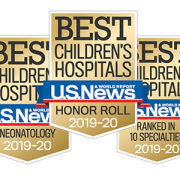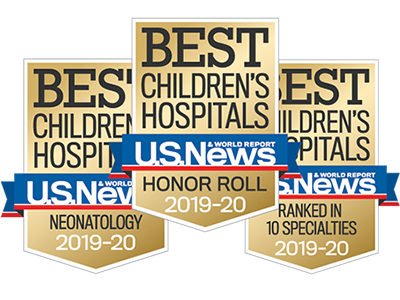Children’s National joins international AI COVID-19 initiative

Children’s National Hospital is the first pediatric partner to join an international initiative led by leading technology firm NVIDIA and Massachusetts General Brigham Hospital, focused on creating solutions through machine and deep learning to benefit COVID-19 healthcare outcomes.
Children’s National Hospital is the first pediatric partner to join an international initiative led by leading technology firm NVIDIA and Massachusetts General Brigham Hospital, focused on creating solutions through machine and deep learning to benefit COVID-19 healthcare outcomes. The initiative, known as EXAM (EMR CXR AI Model) is the largest and most diverse federated learning enterprise, comprised of 20 leading hospitals from around the globe.
Marius George Linguraru, D.Phil., M.A., M.Sc., principal investigator at the Sheikh Zayed Institute for Pediatric Surgical Innovation at Children’s National Hospital, noted that one of the core goals of the initiative is to create a platform which brings resources together, from a variety of leading institutions, to advance the care of COVID-19 patients across the board, including children.
“Children’s National Hospital is proud to be the first pediatric partner joining the world’s leading healthcare institutions in this collaboration to advance global health,” says Linguraru. “We are currently living in a time where rapid access to this kind of global data has never been more important — we need solutions that work fast and are effective. That is not possible without this degree of collaboration and we look forward to continuing this important work with our partners to address one of the most significant healthcare challenges in our lifetime.”
A recent systematic review and meta-analysis from Children’s National Hospital became another core contribution to understanding how children are impacted by COVID-19. Led by Linguraru and accepted to be published in Pediatric Pulmonology, it offers the first comprehensive summary of the findings of various studies published thus far that describe COVID-19 lung imaging data across the pediatric population.
The review examined articles based on chest CT imaging in 1,026 pediatric patients diagnosed with COVID-19, and concluded that chest CT manifestations in those patients could potentially be used to prompt intervention across the pediatric population.
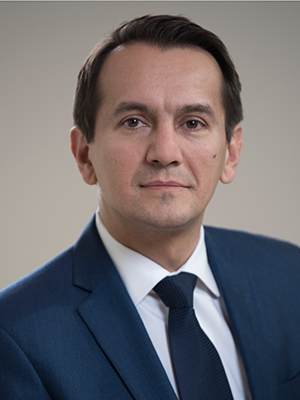
“Children’s National Hospital is proud to be the first pediatric partner joining the world’s leading healthcare institutions in this collaboration to advance global health,” says Marius George Linguraru, D.Phil., M.A., M.Sc.
“Until this point, pediatric COVID-19 studies have largely been restricted to case reports and small case series, which have prevented the identification of any specific pediatric lung disease patterns in COVID-19 patients,” says Linguraru. “Not only did this review help identify the common patterns in the lungs of pediatric patients presenting COVID-19 symptoms, which are distinct from the signs of other viral respiratory infections in children, it also provided insight into the differences between children and adults with COVID-19.”
Earlier this month, NVIDIA announced the EXAM initiative had – in just 20 days – developed an artificial intelligence (AI) model to determine whether a patient demonstrating COVID-19 symptoms in an emergency room would require supplemental oxygen hours – even days – after the initial exam. This data ultimately aids physicians in determining the proper level of care for patients, including potential ICU placement.
The EXAM initiative achieved a machine learning model offering precise prediction for the level of oxygen incoming patients would require.
In addition to Children’s National Hospital, other participants included Mass Gen Brigham and its affiliated hospitals in Boston; NIHR Cambridge Biomedical Research Centre; The Self-Defense Forces Central Hospital in Tokyo; National Taiwan University MeDA Lab and MAHC and Taiwan National Health Insurance Administration; Tri-Service General Hospital in Taiwan; Kyungpook National University Hospital in South Korea; Faculty of Medicine, Chulalongkorn University in Thailand; Diagnosticos da America SA in Brazil; University of California, San Francisco; VA San Diego; University of Toronto; National Institutes of Health in Bethesda, Maryland; University of Wisconsin-Madison School of Medicine and Public Health; Memorial Sloan Kettering Cancer Center in New York; and Mount Sinai Health System in New York.





